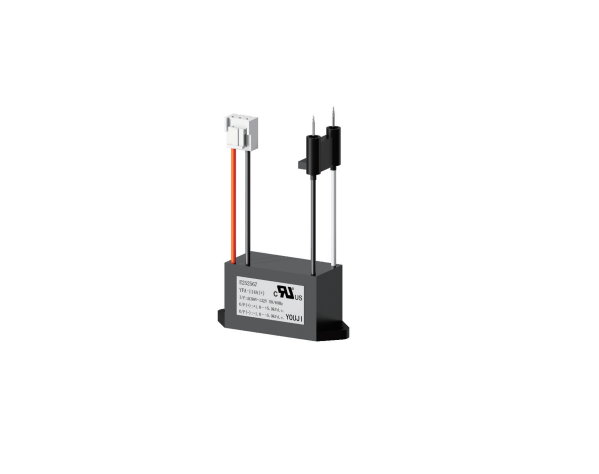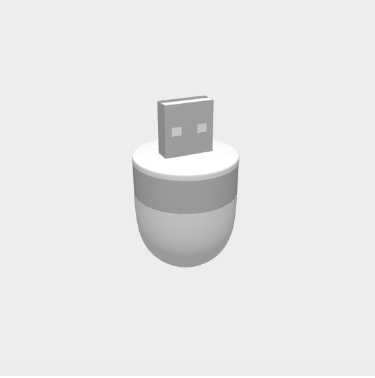We not only have 'Cation' energy, but we can also 'Anion' more for you.
Oct 30,2024

We not only have 'Cation' energy, but we can also 'Anion' more for you.
Do you crave fresh air like a forest after rain? Youji Electronics Co., Ltd break free from the constraints of "Cation and Anion balance" and use an intelligent generator with a concentration of Anion ions far exceeding that of Cation ions as the core to create a healthy respiratory ecology of "clean dust first, then inject oxygen" - cleanliness is the entry ticket, making every breath full of negative oxygen vitality is the ultimate goal!
Cation ions take the lead and clear the pollution barrier:
Cation ions transform into "air cleaners", actively adsorbing dust, pollen PM2.5, By utilizing electrostatic attraction to rapidly settle pollutants, it provides the air with a "primary purification" and establishes a clean bottom line.
Anion ion dominance, infused with energetic oxygen:
The absolute advantage of Anion ion concentration is the core trump card! By optimizing the generation technology, Anion oxygen ions are continuously released and the concentration is online:
1. **Revitalize the body and mind**: Promote blood circulation, relieve fatigue, enhance focus and comfort.
2. **Settling particles**: Accelerate the aggregation and sedimentation of suspended particulate matter, making the air more transparent.
3. **Fresh Empowerment**:Simulating a forest oxygen bar environment, every deep breath is an injection of fresh energy.
Cation ions are responsible for "clearing the field", while high concentration Anion ions focus on "revitalizing" - Youji Electronics Co., Ltd Cation and Anion ion generator uses the logic of "Anion oxygen concentration crushing" to take "purification+oxygen replenishment" to new heights. Not only does it keep the air clean, but it also makes breathing more aerobic, turning the home into a 24-hour negative oxygen chamber where every bite is fresher than an outdoor forest!
Previous page:









